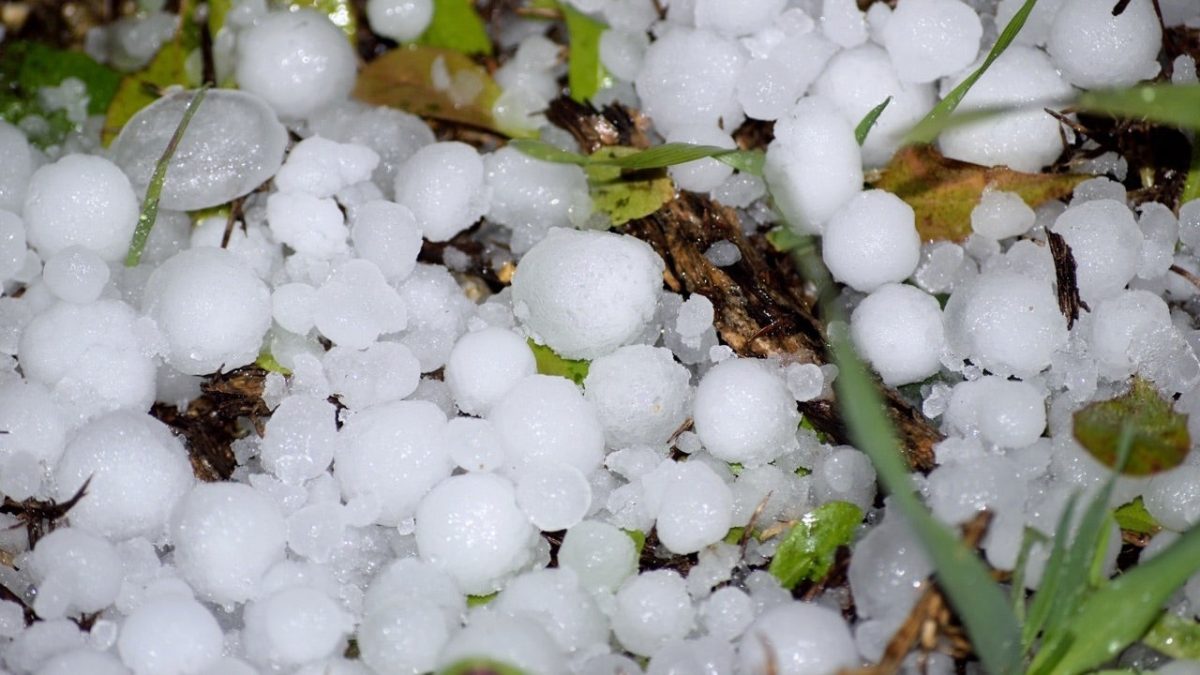On Wednesday, April 17, Falls Church and much of the Washington Metropolitan area saw a rather uncommon weather phenomenon: hail in 82 degree weather. How does freezing cold ice drop from the sky when the city below is scorching? The answer is more simple than one may think.
On April 17, a brief but powerful thunderstorm lifted falling raindrops high into the sky. As the droplets’ altitude climbed, the temperature of the air around it dropped lower and lower, eventually reaching 32 degrees: a full 50 degrees colder than the ground’s temperature.
At this point, the raindrops began to freeze, all the while lifting higher and higher into the atmosphere, slowly picking up more ice- like a snowball rolling down a hill. Eventually, the weight of the ice became heavy enough that gravity pulled it against the force of the thunderstorm updraft, causing it to fall down as hail.
“It was definitely unexpected considering the temperature and the season,” freshman Blake Hinderks said.
The hail took around 20 minutes to melt once it fell, even on the sun-exposed Meridian soccer field. Similarly, the ice managed to complete its journey from the 32 degree atmosphere to the 82 degree surface without melting, thus creating falling ice on a blazing hot day.
“I was really confused because it was 80 degrees outside and there was no sign of hail in the weather forecast,” sophomore Alec Mahini said.
While hail may seem like a freak weather event, surprisingly, in other parts of the country, hail is not as rare as it is in Falls Church. In fact, the United States as a whole saw 6,962 hail events in 2023. And it may be getting even more common.
Although one might assume that high temperatures means less hail, global warming is actually making more ice fall from the sky, not less. Climate change causes more thunderstorm updrafts due to warmer air, and it causes increased atmospheric moisture. Moreover, the Earth’s atmosphere is currently so cold that even post-warming, hail will still be in the picture.










